DIGGING DEEP: LESSONS FOR THE CORONAVIRUS MOMENT
Featured
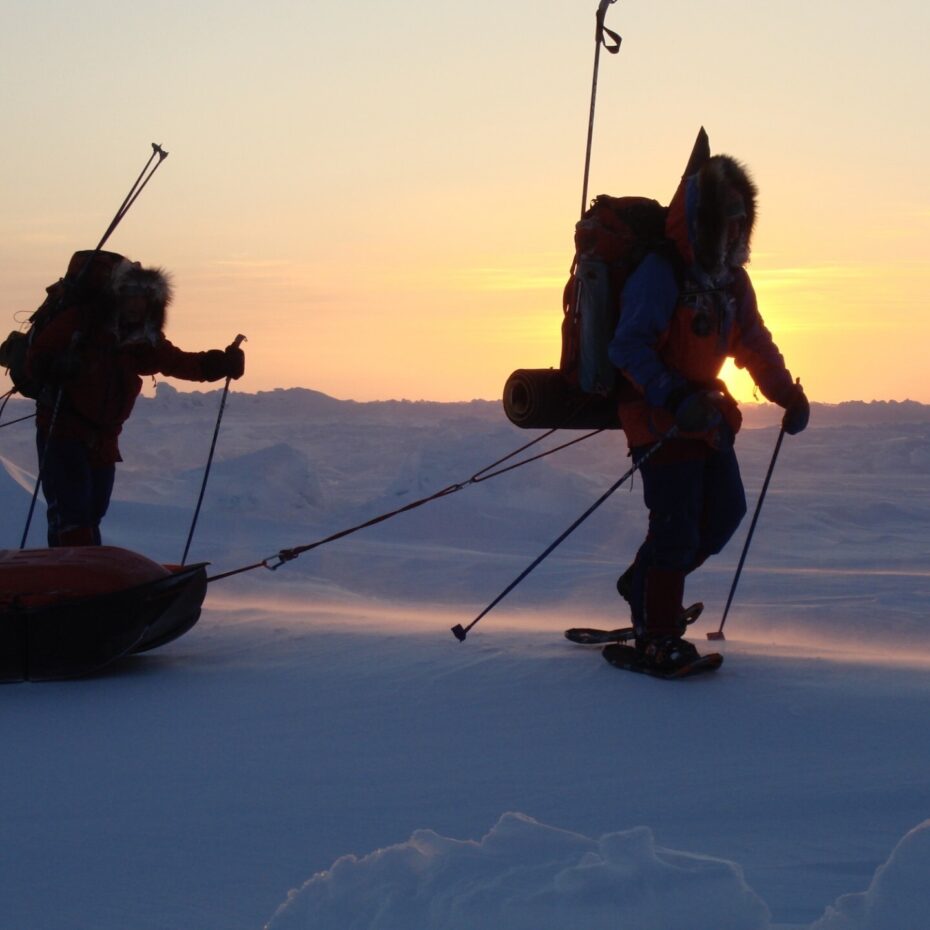
Featured
April 17, 2020 | Weber Arctic
Sometimes things get hard. Sometimes, for example, you’ve been skiing for weeks over jumbled sea ice on your way to the North Pole, dragging a heavy sled, in temperatures as low as -60C, and things are definitely already tough enough before the wind starts pushing the sea ice the wrong way underneath you.
So then, for three days in a row, you find yourself skiing for ten to twelve hours each day without getting any closer to the Pole. Yes, you’re skiing faster than the ice is moving, but while you have to stop to eat and sleep, the wind doesn’t. Chugging away on the biggest, coldest treadmill imaginable is disheartening, but if you don’t keep skiing as hard as you can, you’ll lose ground. So there’s no choice. You have to struggle on.
“But you know it’s weather,” says Richard Weber, who’s more familiar with this particular hardship than he might want to be. “At some point it has to change. It has to let up. And you just have to keep walking.”
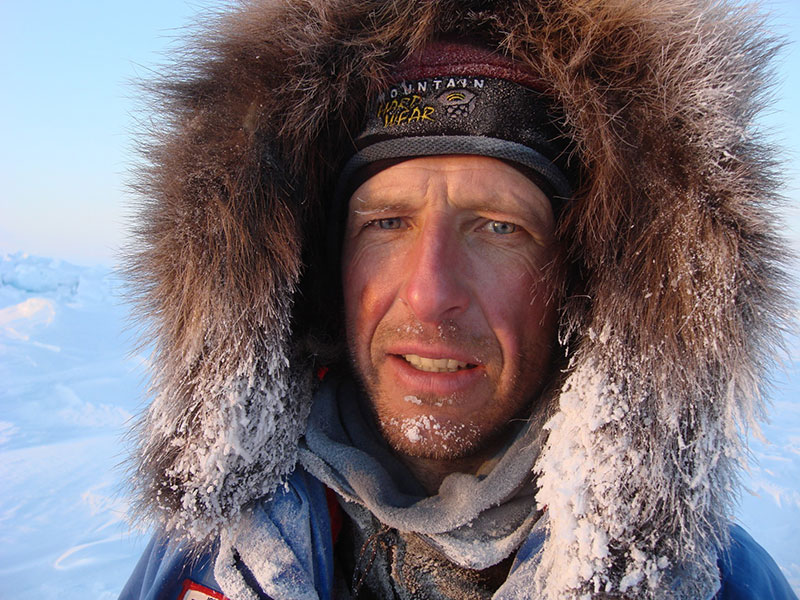
Right now, things are hard for almost everybody. The global outbreak of COVID-19 has exacted a heavy toll. The wind is blowing into our faces, and we’re having to dig deep, to make sacrifices, to find inner reserves of endurance and hope. Suddenly our sense of community has radically expanded beyond our disparate societies and nations. We are united by being a single species. We must be a team.
Richard’s long and storied career of exploration has only been possible because he excels at digging deep. Other attributes are necessary for leading polar expeditions, of course—a high level of fitness and a capacity for detailed planning, to name just two—but the ability to remain steadfastly committed to a goal through periods of even the deepest misery is absolutely essential. During his first trip to the North Pole in 1986 as a member of the Steger International Polar Expedition, Richard, then still in his twenties, discovered that he was well-suited to the endeavor. “I could see I was pretty good at this cold business,” he said. “I wouldn’t call it fun, but I could survive it. I was amazed by the place, and I was persistent.” At one point, when the expedition had fallen well behind schedule and his teammates were talking about quitting, Richard pointed out they weren’t starving. He argued that they should recalculate and keep going. They did, and they reached the Pole.
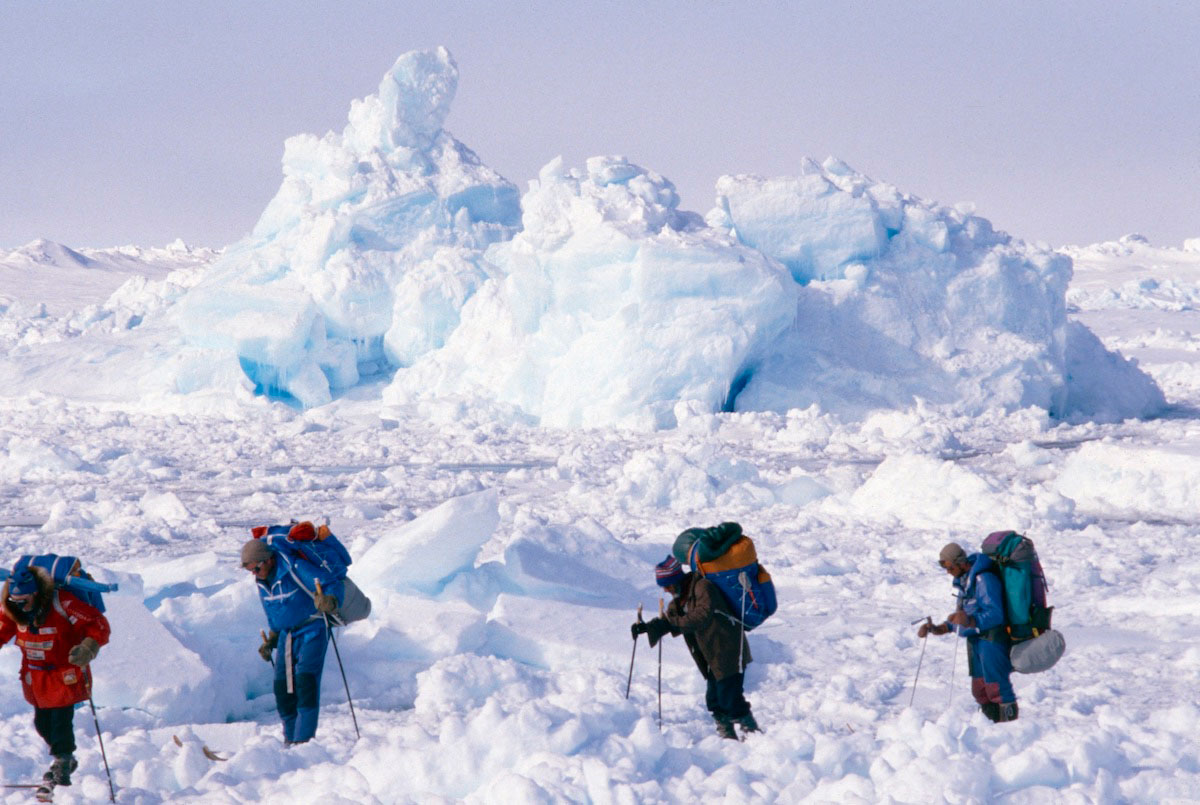
Even though no one can know exactly how they’ll react to something as taxing as skiing to the North Pole until they attempt it, Richard possessed unusual traits and experiences that served him well. His parents met ski-touring in the Rockies in 1954. His mother was originally from England; his father had immigrated from Switzerland to Canada in the early 1950s and quickly found a place on a Swiss expedition doing first ascents on Baffin Island. “He basically never went home,” Richard says. The Weber parents didn’t hesitate to take Richard and his older brother out of school for skiing or canoeing, and in 1964, when Richard was five and his brother nine, the boys were sent to Switzerland on their own—then complex multi-leg journey. Richard still describes the trip as one of the great defining adventures of his life.
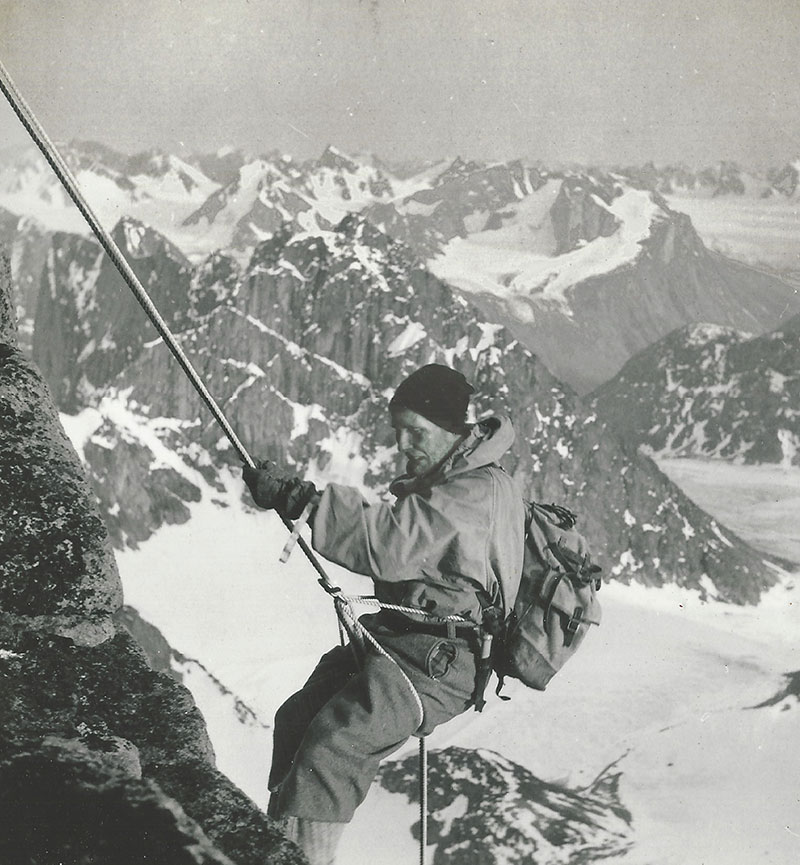
Another major adventure soon followed. When Richard was ten, he and his brother and two friends canoed from Ottawa to Kingston by themselves, a three-week odyssey of more than 200km, during which they slept in a pup tent with no floor and no mosquito netting. The trip marked the beginning of an independent life and set an early precedent for finishing what he started. “We had freedom,” Richard says, also describing the way he and wife Josée would eventually raise their own sons. “We had to rely on ourselves.”
At eighteen, Richard got his first taste of the Arctic when he worked as a cook at a geological field camp on Richmond Gulf on the eastern shore of Hudson Bay. The next summer he returned to the Arctic, taking a similar job on Bylot Island, where he skied on a nearby glacier in between his breakfast and lunch duties. The Arctic bug had bit hard.
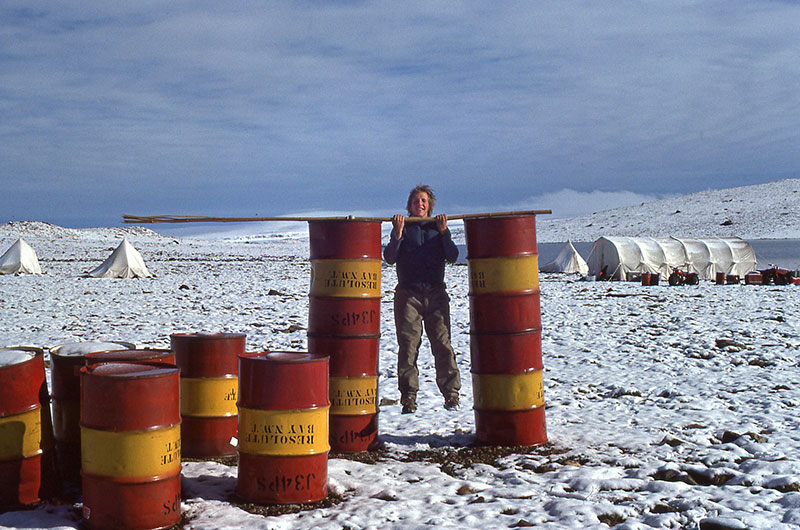
By his senior year at the University of Vermont, another trait that would help Richard to the North Pole had emerged: focus. At this point a veteran of the Canadian national ski team, he found he could block out his rowdy teammates in the crowded ski van going to and from training and study. That spring, on a training trip to prepare for the 1986 Steger North Pole expedition, he studied for his final exams in engineering and economics in his tent after spending all day skiing long distances.
The next year, standing at the Pole for the first time, he says, “I remember thinking I should soak it up because I’d never be back there.”
But, only two years later, he was back as a member of the Soviet-Canadian 1988 Polar Bridge Expedition, the first to cross the Arctic Ocean from Siberia to Ellesmere Island. “The bridge expedition was important to me because it was about teamwork,” Richard says. “The Russians were good at supporting each other. They’re pretty pigheaded and pretty tough. Thirteen of us started, and thirteen finished. It was a good example of helping your teammates finish.”
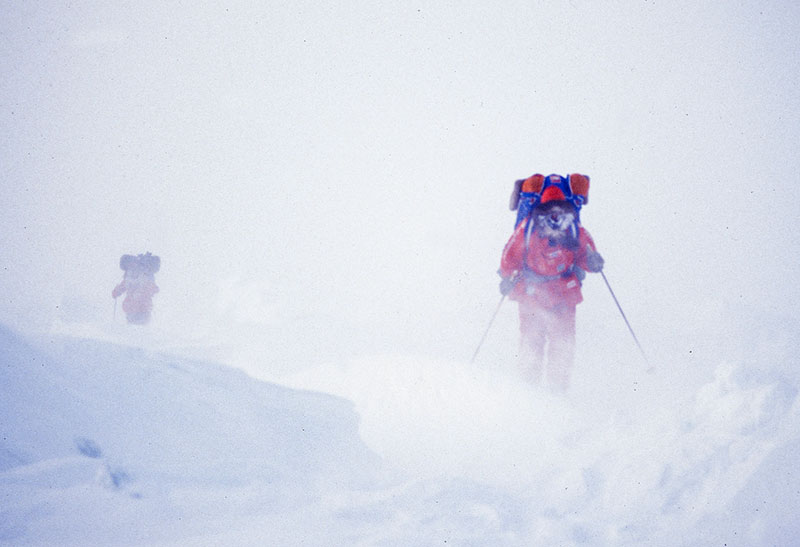
After the Bridge Expedition, which had been externally supported by airdropped supplies, Richard hatched the idea of an unsupported out-and-back trip from land, a feat only claimed by Richard Peary in 1909, though it’s almost certain he didn’t actually succeed. Richard’s first attempt was in 1992 with a team of four, including Misha Malakhov, a Soviet doctor from the Bridge Expedition. The feat was considered excessively dangerous—perhaps impossible—by many, including an overzealous Royal Canadian Mounted Police officer who went so far as to attempt to have them declared insane and retrieved from the ice. Richard remained of sound mind, but, partly thanks to Mount Pinatubo’s cataclysmic eruption the previous year, the weather was poor, with lots of blowing snow and bad visibility. “Of course if the wind blows,” Richard says, “the ice drifts.” The team kept getting pushed where they didn’t want to go, but they made it to the Pole and part of the way back before ice conditions forced them to call it quits after 105 days, though only Richard and Misha persisted to the end. “We started with four and ended with two,” Richard says, “and we realized we only needed two.” In 1995, Richard and Misha tried again—but that’s a story for another day.
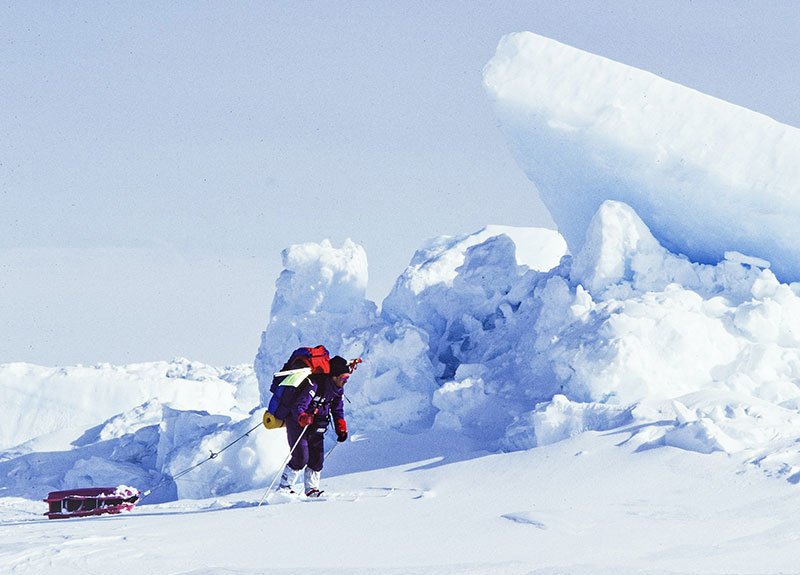
At one point on the 1992 expedition, Richard recalls, he and Misha were skiing along and came to a place where the ice was moving at walking speed, resembling spring melt. The river of moving ice was too big to see across. For half a day, the explorers hung around on the edge, watching the bits turning over. “Parts would start, parts would stop,” Richard says. They left their gear behind briefly, only to have to hustle back to it when the ice nearly carried it away. Finally they saw a big pan coming and walked onto a smaller pan to wait. As the big pan approached, a ridge broke their smaller pan in two, threatening to tip them into the sea. But, luckily, all the ice came together for a few seconds, and the slush was under enough pressure for the men to run across onto the pan, where they camped. “That was one of my closest calls ever,” Richard says. “I don’t think we would have died, but we would have lost our gear. It’s bad to be alone in the middle of the Arctic Ocean.”
Richard has found that in moments when you should be afraid, you’re too busy surviving to dwell on the danger. “If you were afraid,” he says, “you’d be paralyzed. When you are afraid, there’s usually no real reason to be.”
Perhaps there’s a lesson or some comfort there as we continue to contend with a frightening pandemic. Certainly there’s wisdom in Richard’s experience of endurance on his polar treks: “You do it one day at a time,” he says. “You focus on little things, like when you could eat or your coffee in the morning. We’d spend a lot of time calculating how much food we had left and how far we had to go. While I was walking, I’d be checking my plan and thinking about my plan. Lots of it literally is one step at a time.”
The same applies to this period of quarantine, even if home offers more comforts than a hostile frozen ocean and we are obliged to stay in place rather than journeying forward. “Make the most of today,” Richard says. “I get up in the morning and make the most of my coffee. I think about the walk I’ll take in the afternoon. If you think about how much longer this might last, it’s overwhelming. But it will pass.”
We understand that booking a trip like this is a big endeavour. Please reach out to us with any questions that you might have regarding your upcoming adventure.